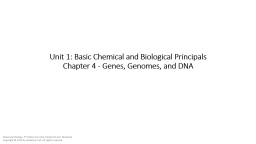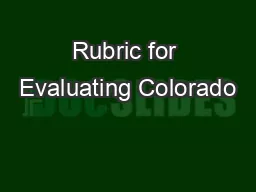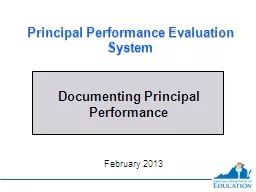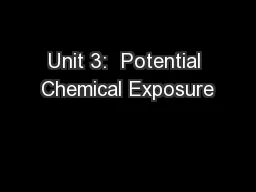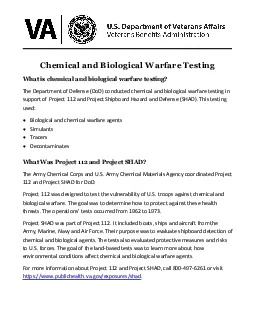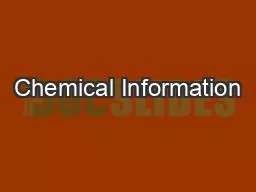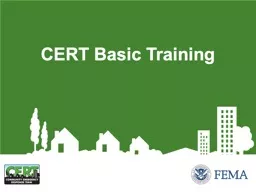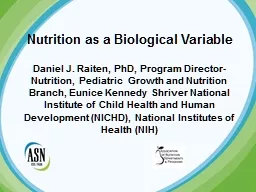PPT-Unit 1: Basic Chemical and Biological Principals
Author : elena | Published Date : 2023-05-23
Chapter 4 Genes Genomes and DNA Figure 401 Neutrophil Extracellular Traps NETs Contact with bacteria protozoa yeast or filamentous fungi hyphae or their products
Presentation Embed Code
Download Presentation
Download Presentation The PPT/PDF document "Unit 1: Basic Chemical and Biological Pr..." is the property of its rightful owner. Permission is granted to download and print the materials on this website for personal, non-commercial use only, and to display it on your personal computer provided you do not modify the materials and that you retain all copyright notices contained in the materials. By downloading content from our website, you accept the terms of this agreement.
Unit 1: Basic Chemical and Biological Principals: Transcript
Download Rules Of Document
"Unit 1: Basic Chemical and Biological Principals"The content belongs to its owner. You may download and print it for personal use, without modification, and keep all copyright notices. By downloading, you agree to these terms.
Related Documents

